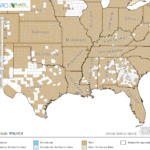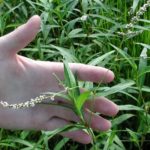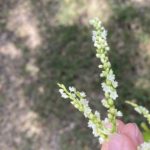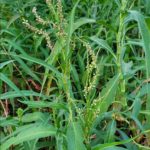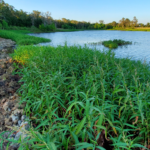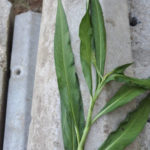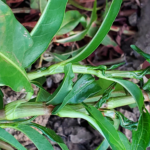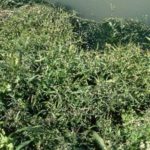Polygonum spp.
USDA, NRCS. 2018. The PLANTS Database (http://plants.usda.gov, 28 March 2018). National Plant Data Team, Greensboro, NC 27401-4901 USA.
Illustration courtesy of University of Florida/IFAS Center for Aquatic and Invasive Plants. Used with permission.
What is Smartweed?
Physical Characteristics
Leaves:
- Alternate
- Sword-shaped
Flowers:
- Clustered in the axils of leaves
- Clusters of 1-9 at ends of branches
- Pink, green, or white in color
Fruit:
- One seeded
- Does not open to release seed when ripe
- 3 corners or round shaped
- Bulging on both sides
- Light tan to reddish brown or black in color
Where Does it Grow?
Smartweed can be found in marshes, swamps, wet forests, and ditches.
Pros and Cons of Smartweed
Smartweed seeds are heavily consumed by ducks, small birds, and small mammals. Submerged portions of all aquatic plants provide habitats for many micro and macro invertebrates. These invertebrates in turn are used as food by fish and other wildlife species (e.g. amphibians, reptiles, ducks, etc). After aquatic plants die, their decomposition by bacteria and fungi provides food (called “detritus”) for many aquatic invertebrates.
What Type of Smartweed Do I Have?
There are 15 species of smartweed in North America. Nine of these species are common in Texas. Click on the buttons to learn more about each species of smartweed.

